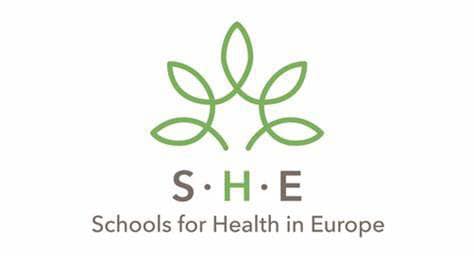TOK GUIDE 2020
Generation of the IBDP starting from the school year 2020/2021, first TOK asessment 2022, is listening to TOK course under a new guideline. About 60 percent of the program remains the same, as it was exposed in the previous Guide 2015 and about 40 percent of the curriculum starts with a new approach.
What remains the same?
a) AOKs (Areas of Knowledge) stay the same, although they are reduced on Maths, Natural Sciences, Human Sciences, The Arts and History.
It is obvious that Ethics, Indigenous Knowledge Systems and Religion are, I would say, more relocated than excluded. They are not any more the part of Areas of Knowledge, but Ethics is now a part of Knowledge Framework and Religion and Indigenous Knowledge Systems are part of something what is now called Optional Themes.
b) TOK Essay stays the same as it was exposed in the TOK Guide 2015: with the same word count (1600 words), under the same criteria!
What is new regarding TOK Guide 2020?
- WOKs (Ways of Knowing – language, reason, sense perception, emotions, memory, faith, imagination, intuition) are not any more the part of TOK curriculum!
- Core and Optional Themes make a new part, replacing - in a certain way - Ways of Knowing.
Core theme: Knowledge and Knower
Optional Themes: Knowledge and politics
Knowledge and technology
Knowledge and language
Knowledge and religion
Knowledge and indigenous societies
TOK Presentation (Internal Assessment) is not any more the part of TOK curriculum. It is replaced with Exhibition, what now stands for IA in TOK.
Exhibition as IA contains three major elements: one theme, one prompt and three objects that are supposed to be linked together into a meaningful knowledge discussion - exhibition, presented inside the IB class and TOK teacher.
Themes are mentioned and written above.
Prompts are inspirational quotes triggering TOK discussion (35 of them), exposed in the Guide 2020 and in the new textbook, like (What counts as a knowledge? What is relationship between knowledge and culture? What makes a good explanation?)
- Object is anything that might be, logically or epistemologically, connected with themes and prompts, from our surrounding, in a real world (a CD, a book, Chinese vase, a video, pills, typewriter…) practically anything triggering inspiration for an exhibition or answering the question about nature of our knowledge, about the methods in the pursuit of knowledge, reliability of knowledge, biases … all, so called, TOK specific terms.
- Knowledge Framework in the New guide 2020, stays in the curriculum, as a tool for analysis Areas of Knowledge, but its elements are partially changed!
Elements of the Old Knowledge Framework (Guide 2015) are:
Scope and application
Concepts and language
Methodology
Historical development
Links to personal knowledge
They are replaced in the new guide (TOK guide 2020) with new elements, although two of them remain the same (scope and methodology), thus New Knowledge Framework elements are:
Scope
Perspectives
Methods and tools
Ethics
This is, in the shortest, the distinction between the old (2015) and the new (2020) TOK guide.
Knowing about knowing
TOK is a course about critical thinking and inquiring into the process of knowing, rather than about learning a specific body of knowledge. It is a core element which all Diploma Programme students undertake and to which all schools are required to devote at least 100 hours of class time. TOK and the Diploma Programme subjects should support each other in the sense that they reference each other and share some common goals. The TOK course examines how we know what we claim to know. It does this by encouraging students to analyse knowledge claims and explore knowledge questions. A knowledge claim is the assertion that “I/we know X” or “I/we know how to Y”, or a statement about knowledge; a knowledge question is an open question about knowledge. A distinction between shared knowledge and personal knowledge is made in the TOK guide. This distinction is intended as a device to help teachers construct their TOK course and to help students explore the nature of knowledge.
The ways of knowing
While there are arguably many ways of knowing, the TOK course identifies eight specific ways of knowing (WOKs). They are language, sense perception, emotion, reason, imagination, faith, intuition, and memory. Students must explore a range of ways of knowing, and it is suggested that studying four of these eight in depth would be appropriate.
The WOKs have two roles in TOK:
they underlie the methodology of the areas of knowledge
they provide a basis for personal knowledge.
Discussion of WOKs will naturally occur in a TOK course when exploring how areas of knowledge operate. Since they rarely function in isolation, the TOK course should explore how WOKs work, and how they work together, both in the context of different areas of knowledge and in relation to the individual knower. This might be reflected in the way the TOK course is constructed. Teachers should consider the possibility of teaching WOKs in combination or as a natural result of considering the methods of areas of knowledge, rather than as separate units.
The areas of knowledge
Areas of knowledge are specific branches of knowledge, each of which can be seen to have a distinct nature and different methods of gaining knowledge. TOK distinguishes between eight areas of knowledge. They are mathematics, the natural sciences, the human sciences, the arts, history, ethics, religious knowledge systems, and indigenous knowledge systems. Students must explore a range of areas of knowledge, and it is suggested that studying six of these eight would be appropriate.
The knowledge framework is a device for exploring the areas of knowledge. It identifies the key characteristics of each area of knowledge by depicting each area as a complex system of five interacting components. This enables students to effectively compare and contrast different areas of knowledge and allows the possibility of a deeper exploration of the relationship between areas of knowledge and ways of knowing.
Assessment
There are two assessment tasks in the TOK course: an essay and a presentation. The essay is externally assessed by the IB, and must be on any one of the six prescribed titles issued by the IB for each examination session. The maximum word limit for the essay is 1,600 words.
The presentation can be done individually or in a group, with a maximum group size of three. Approximately 10 minutes per presenter should be allowed, up to a maximum of approximately 30 minutes per group. Before the presentation each student must complete and submit a presentation planning document (TK/ PPD) available in the Handbook of procedures for the Diploma Programme. The TK/PPD is internally assessed alongside the presentation itself, and the form is used for external moderation.
(TOK Guide 2015)
In Prva gimnazija Varaždin TOK, as a core IB subject, is more intense incorporated last years within the other IB subject and in the life of the School in general. Throughout the school year TOK meetings were held where teachers and students had TOK presentations and discussed, in a TOK way, exploring many questions from different perspectives. We call it Let’s Talk TOK Live.
The school has an internal Web page (Let’s Talk TOK) where teachers and students, along with TOK teacher, have possibility to discuss TOK issues across the curriculum and post their thoughts or videos. TOK teacher and Coordinator is included in the projects outside the school, like Project 4. The purpose is to drive attention on important elements of interdisciplinary thinking and different perspectives within the project, the important TOK elements included in the student’s Internal Assessment (TOK Presentation) and External Assessment (TOK essay).
Throughout the year, every month once, TOK Coordinator comes to a visit IB subject classes and spend two hours or more to discuss TOK topics and questions present in the textbooks, thus making a bridge between subject teachers and students, helping the both: teachers to be aware of the TOK elements in teaching their subject and students to synthetize the both.
Online izdanje
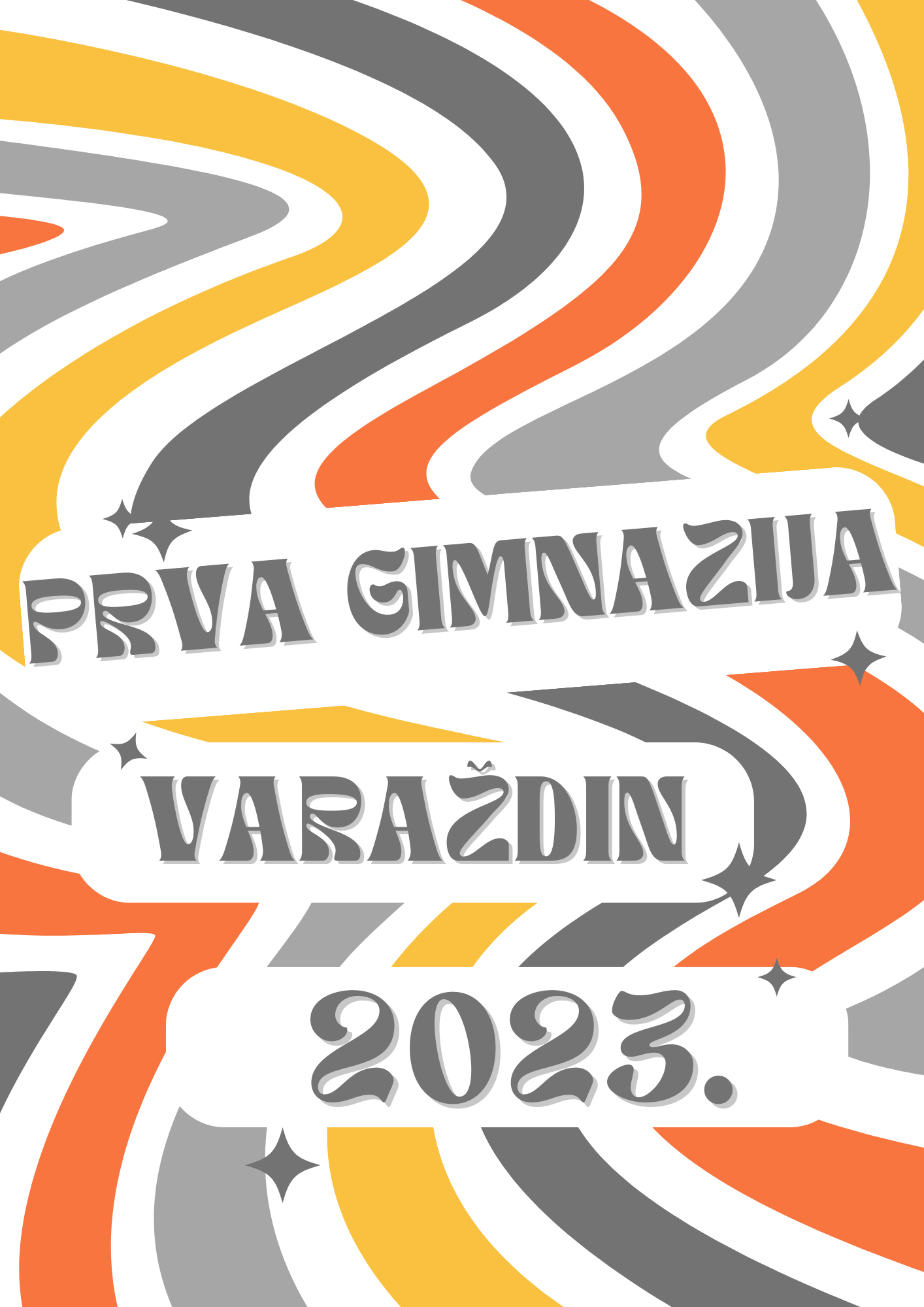
ARHIVA:
Tehničke preporuke: za čitanje kliknite na naslovnicu. Pregled se preporuča u Chrome, Mozilla Firefox preglednicima i s normalnom veličinom fonta podešenom na mobilnim uređajima.
Pratite zanimljive članke koje na engleskom jeziku pišu naši učenici, polaznici grupe English news agency (klik na logo)!
Ukupno: 3438966
Ovaj mjesec: 16891
Ovaj tjedan: 1818
Danas: 19
| Obrazovanje |
| Dnevni tisak |
| e-knjiznica |
| « Srpanj 2024 » | ||||||
| Po | Ut | Sr | Če | Pe | Su | Ne |
| 1 | 2 | 3 | 4 | 5 | 6 | 7 |
| 8 | 9 | 10 | 11 | 12 | 13 | 14 |
| 15 | 16 | 17 | 18 | 19 | 20 | 21 |
| 22 | 23 | 24 | 25 | 26 | 27 | 28 |
| 29 | 30 | 31 | 1 | 2 | 3 | 4 |
| 5 | 6 | 7 | 8 | 9 | 10 | 11 |
%20(1).gif)
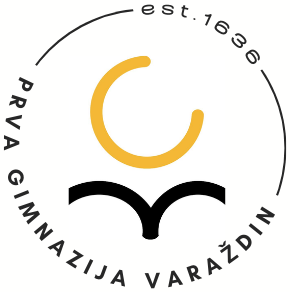


.png)

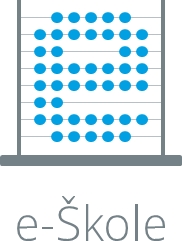




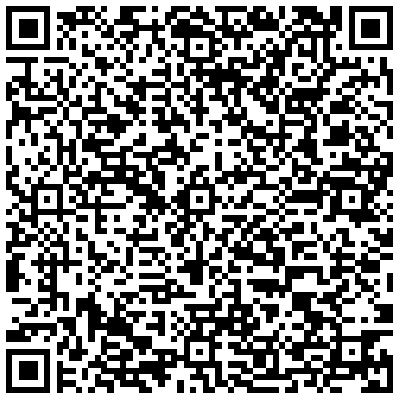

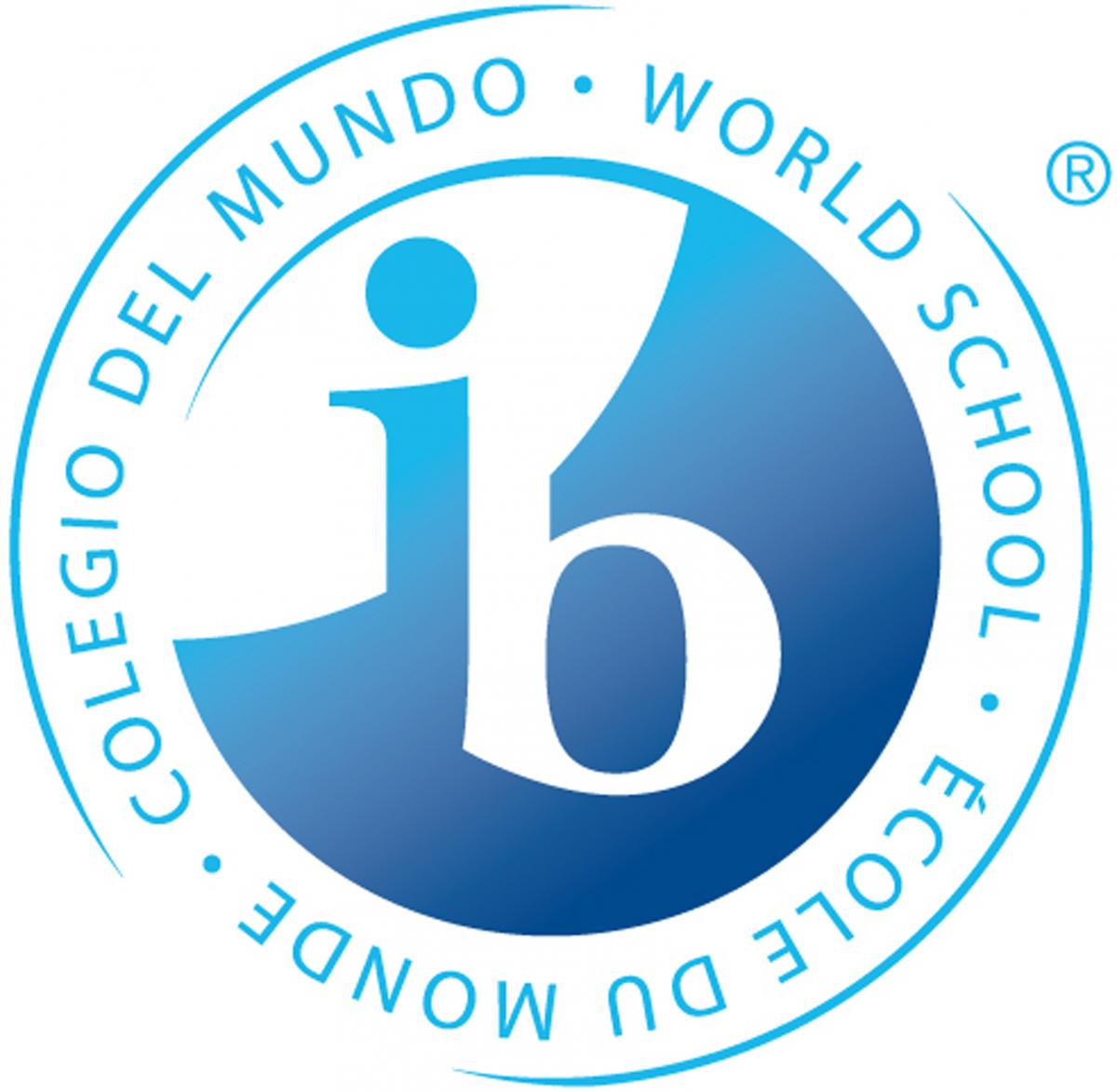
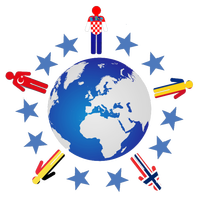

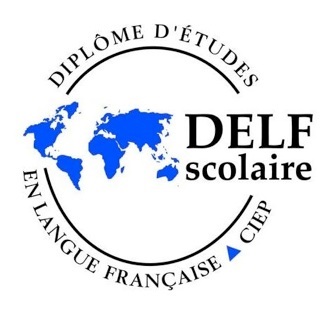

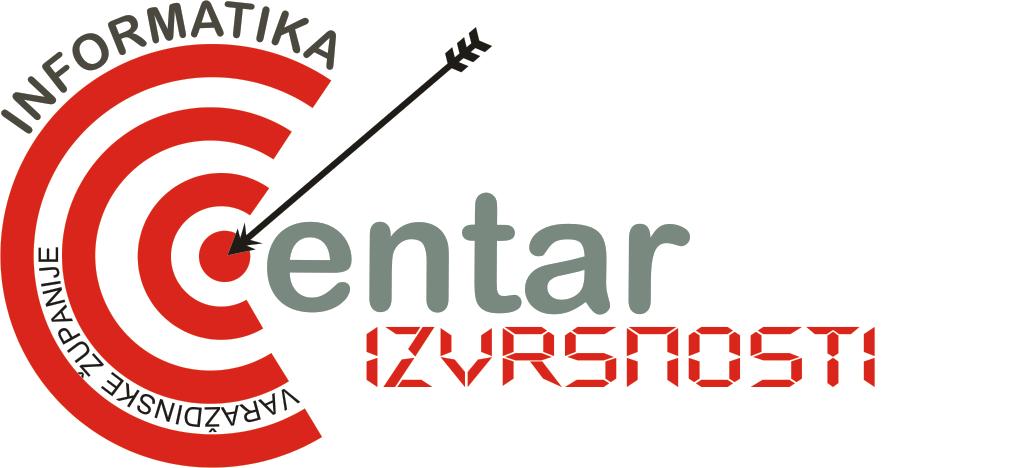
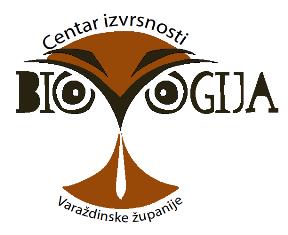
.jpg)

